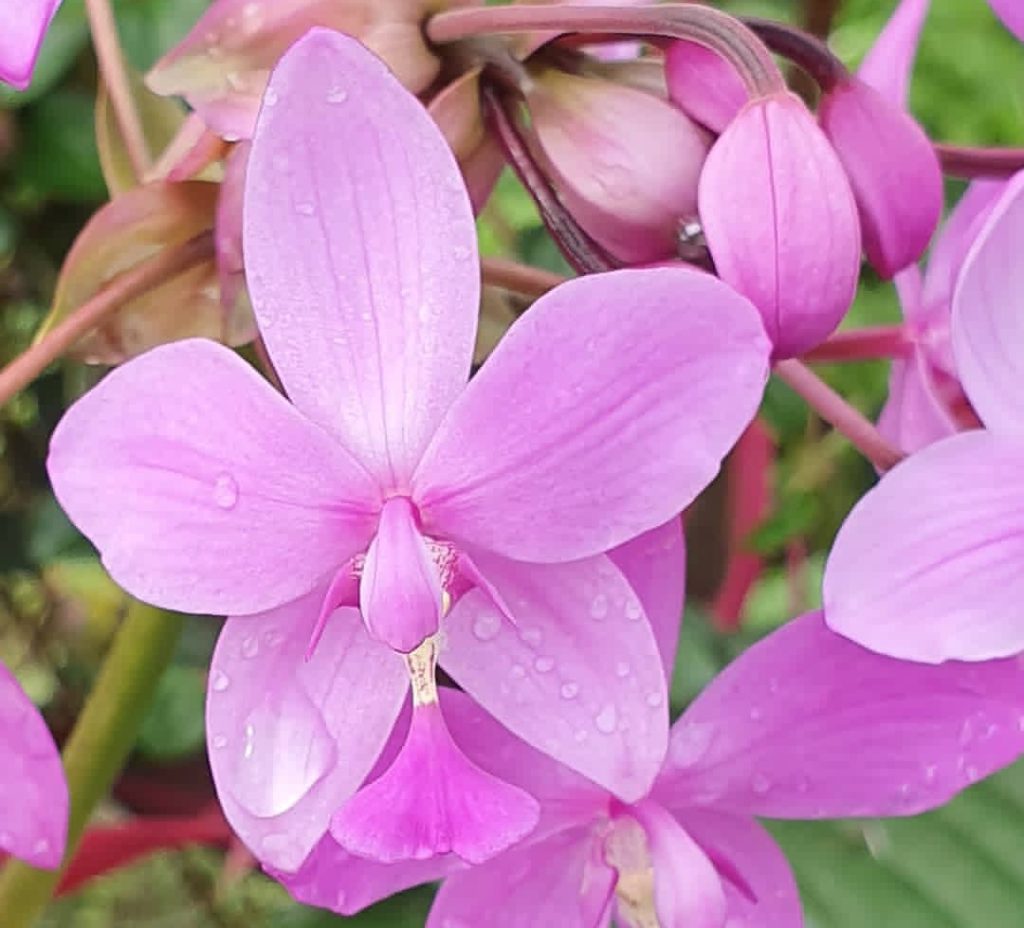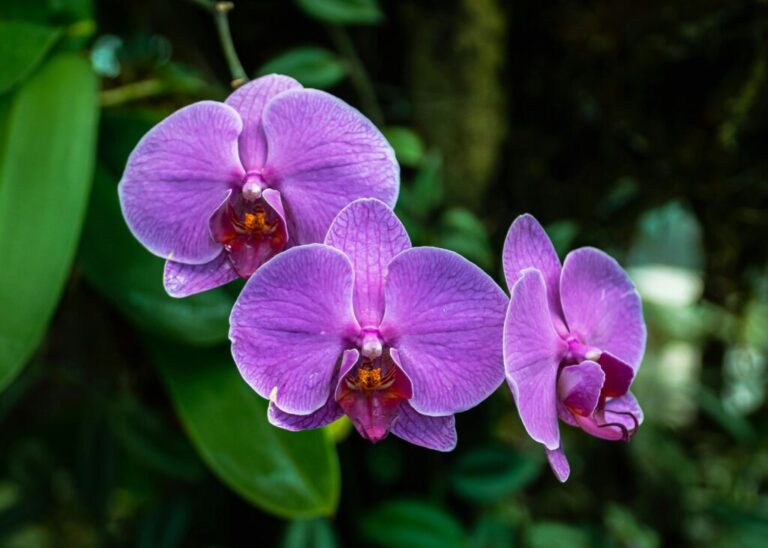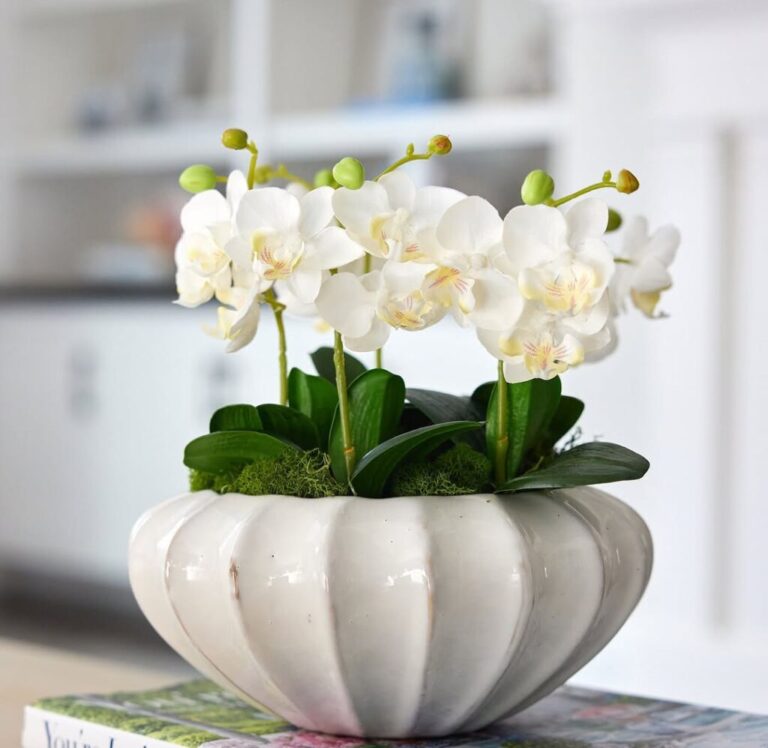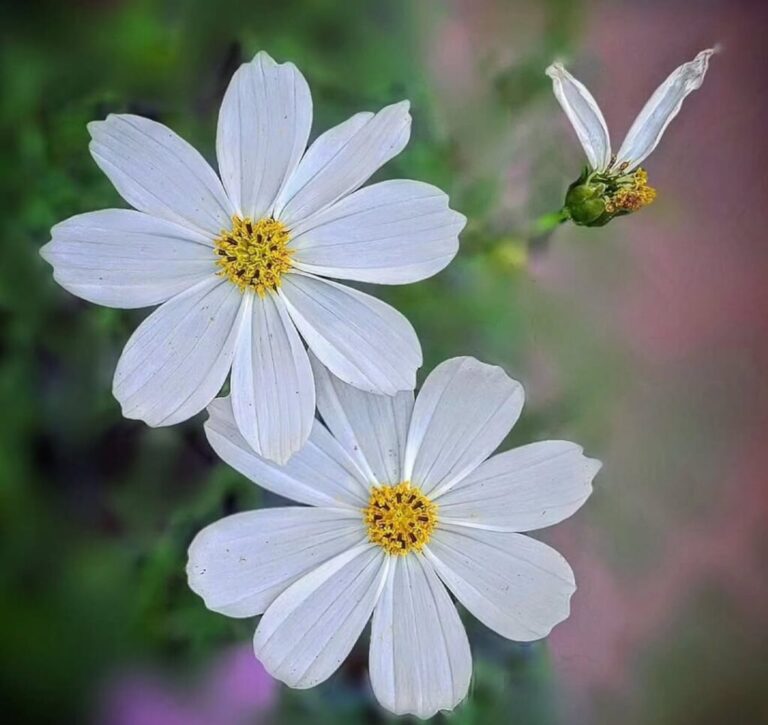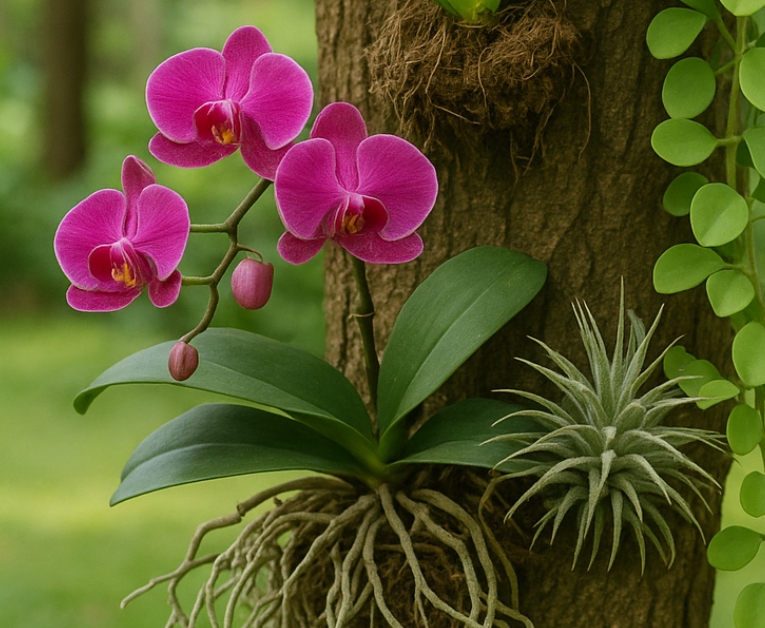Growing ground : orchids from seeds can be one of the most rewarding yet challenging ventures for gardeners and orchid enthusiasts. These plants, known for their delicate beauty and exotic blooms, are unlike typical houseplants and demand very specific growing conditions. However, with the proper techniques and consistent care, you can cultivate vibrant, healthy orchids starting from the tiniest of seeds. Below, we unveil ten of the most effective and little-known methods for success, along with a comprehensive step-by-step guide to help you navigate each phase of the growing journey.
- 1 Ground orchids:
- 2 1. Start with Sterile Conditions
- 3 2. Use a Nutrient-Rich Orchid Seed Flasking Medium
- 4 3. Provide Consistent Warm Temperatures
- 5 4. Mimic Tropical Humidity
- 6 5. Employ Controlled Lighting
- 7 6. Apply Mycorrhizal Fungi (Advanced Method)
- 8 7. Be Patient with Germination Timelines
- 9 8. Transplant at the Right Stage
- 10 9. Acclimate Slowly to Outdoor Conditions
- 11 10. Maintain Long-Term Care for Blooming
- 12 FAQs – Ground Orchids
Ground orchids:

1. Start with Sterile Conditions
Orchid seeds are microscopic and lack the nutrients stored in most other plant seeds, making them extremely susceptible to disease and contamination. Ensuring that your containers, tools, and growing media are sterile is absolutely essential for successful germination. Even slight contamination can halt progress entirely and destroy your seeds.
Step-by-step:
Wash all containers thoroughly with hot water and soap to remove debris.
Soak everything in a bleach solution (1 part bleach to 10 parts water) for 30 minutes.
Rinse completely with distilled water and let dry in a dust-free, clean area.
2. Use a Nutrient-Rich Orchid Seed Flasking Medium
Because orchid seeds don’t have endosperm, they need an outside supply of nourishment to grow.Using a specialized flasking medium like MS Medium or P668 provides the sugars, vitamins, and minerals needed. Choose a formula designed for asymbiotic germination to provide optimal conditions without relying on symbiotic fungi.
Step-by-step:
Buy pre-made orchid flasking medium or mix your own using lab-grade powders.
Pour the medium into clean, sterilized glass jars or flasks.
Use an autoclave or pressure cooker for 30 minutes to sterilize the filled containers.
3. Provide Consistent Warm Temperatures
Consistency in temperature is essential for orchid seed germination. Ground orchids prefer warm conditions, and fluctuations can stress the seeds and delay development. Keep the temperature steady between 75 and 85°F (24–29°C) by using heating mats, thermostats, or a climate-controlled growing environment.
Step-by-step:
Position seed containers on a reliable seedling heat mat.
Use a digital thermometer to check the temperature on a regular basis.
Adjust the heat mat settings as needed to maintain a stable warm environment.
4. Mimic Tropical Humidity
Ground orchids thrive in high-humidity conditions that closely resemble their natural tropical habitats. Seeds require a constant humidity level of around 70 to 90% for proper germination and development. Creating a miniature greenhouse effect using domes or containers will help lock in moisture and warmth.
Step-by-step:
Cover seed containers tightly with clear plastic wrap or place them inside a humidity dome.
Keep a hygrometer inside or nearby to monitor humidity levels.
Lightly mist the inside of the dome with distilled water if humidity drops below desired levels.
5. Employ Controlled Lighting
Light is critical for photosynthesis and seedling development, but orchid seeds and young plants are sensitive to excessive light. Provide soft, balanced lighting using LED grow lights that mimic daylight. Aim for 12 to 14 hours of consistent lighting each day to support healthy growth without overheating.
Step-by-step:
Set up LED grow lights approximately 12 inches above the seed containers.
To keep a steady light cycle, set an automated timer.
Rotate the containers weekly to ensure all sides receive equal exposure to light.
6. Apply Mycorrhizal Fungi (Advanced Method)
In their natural environment, orchids often rely on mycorrhizal fungi to help break seed dormancy and initiate germination. While not essential in all cases, using these fungi can significantly improve germination rates and plant health. This method requires some research and precision but can yield impressive results.
Step-by-step:
Purchase mycorrhizal fungi that are unique to orchids from a reliable horticultural provider.
To ensure compatibility and health, first expose the fungi to a test medium.
Once verified, incorporate the fungi into your main flasking medium or containers.
7. Be Patient with Germination Timelines
Germinating orchid seeds is not a quick process. Depending on the species and growing conditions, it can take several weeks to several months before you see signs of life. Patience is essential. Avoid disturbing or opening containers during this critical period to prevent contamination.
Step-by-step:
Clearly label containers with the sowing date for accurate tracking.
Place them in a stable, undisturbed area with consistent warmth and light.
Check weekly for the appearance of protocorms—tiny, round green structures that indicate germination.
8. Transplant at the Right Stage
Timing is everything when it comes to transplanting orchid seedlings. Moving them too soon can cause stress or damage. Wait until the protocorms develop small leaves and visible roots before transferring them to community pots. Use a gentle touch and fine media like orchid bark or sphagnum moss.
Step-by-step:
Use sterilized tweezers or a spoon to lift seedlings carefully.
Place them in small community pots filled with moist, fine orchid bark or moss.
As the seedlings establish, keep the humidity high and the illumination soft.
9. Acclimate Slowly to Outdoor Conditions
Young orchids raised in controlled environments need time to adapt before facing the outdoors. As natural conditions are progressively introduced, the hardening off process aids in the development of resilience.Moving too quickly can shock the plants and stunt their development or even cause death.
Step-by-step:
Begin by removing humidity domes for one hour each day, increasing daily.
To increase stem strength and air tolerance, use a fan to create a gentle wind.
Slowly expose the plants to indirect sunlight and outdoor humidity over a two-to-three-week period.
10. Maintain Long-Term Care for Blooming
Once transplanted and acclimated, orchid seedlings still require ongoing care to eventually bloom. Ground orchids can take two to three years to flower from seed, so consistency is vital. Regular watering, balanced fertilizer, and appropriate light conditions will ensure healthy growth and eventual blossoms.
Step-by-step:
Feed every two weeks using a balanced orchid fertilizer diluted to half strength.
Steer clear of soggy circumstances by watering only until the top inch of soil feels dry.
Provide bright, indirect sunlight and protect the plants from harsh direct rays.
Growing ground orchids from seed is not a fast or easy task, but it is incredibly fulfilling for those who commit to the process. By following these ten expert methods, you give yourself the best possible chance to succeed. With attention to detail, patience, and a nurturing hand, you’ll witness the stunning transformation. My£ from seed to bloom—and enjoy the beauty of orchids you grew entirely on your own.
FAQs – Ground Orchids
1. What are Ground Orchids:?
Ground Orchids are a unique group of orchid species that grow in soil rather than on trees. Unlike their epiphytic relatives, Ground Orchids:thrive in gardens, landscapes, and pots with the right soil conditions. They are popular among gardeners for their vibrant flowers and hardy, low-maintenance nature.
2. Can Ground Orchids: really be grown from seeds?
Yes, Ground Orchids can be successfully grown from seeds, although it requires some specialized care. The seeds of Ground Orchids are very tiny and need a sterile, nutrient-rich medium to germinate. With time, proper humidity, and attention, even beginners can grow Ground Orchids from seed into beautiful flowering plants.
3. How long does it take for Ground Orchids : to grow from seeds?
Ground Orchids generally take anywhere from several months to over a year to germinate from seeds. After germination, it may take two to three years for Ground Orchids to reach maturity and bloom. The process is slow but rewarding for growers who enjoy nurturing plants from the earliest stages.
4. Do I need a greenhouse to grow Ground Orchids: from seeds?
Using a greenhouse is not required, but it’s highly recommended when growing Ground Orchids from seeds. A greenhouse helps maintain stable temperatures and humidity, which are vital for the delicate early stages of Ground Orchids. If a greenhouse isn’t available, a humidity dome or grow box can be a good alternative.
5. What is the best soil for Ground Orchids:?
The ideal soil for Ground Orchids is a well-draining mix of loam, sand, and organic material such as peat or bark. Ground Orchids prefer slightly acidic to neutral pH and benefit from soil that holds moisture without becoming waterlogged. Proper soil is essential for healthy root development and flowering.
6. How often should I water Ground Orchids:?
Ground Orchids need consistent moisture, especially during their active growing season. Watering two to three times a week is typical, depending on climate and soil conditions. Avoid letting the soil dry out completely, but also ensure it’s not soggy, as Ground Orchids are prone to root rot in overly wet soil.
7. What light conditions do Ground Orchids : require?
Ground Orchids prefer bright, indirect sunlight. Their leaves can be scorched by too much direct sunlight, and they may not blossom if there is insufficient light. A spot with morning sun and afternoon shade is ideal for Ground Orchids, whether you’re growing them indoors or in your outdoor garden.
8. Do Ground Orchids: need fertilizing when grown from seeds?
Yes, Ground Orchids benefit from light fertilizing after they develop true leaves. Throughout the growing season, use a diluted, balanced orchid fertiliser every two weeks.. Over-fertilizing should be avoided, as the delicate roots of Ground Orchids can be easily damaged by too much chemical input.
9. Are there any pests or diseases that affect Ground Orchids:?
Yes, Ground Orchids can be affected by pests such as aphids, spider mites, and mealybugs. Fungal infections may also occur if conditions are too damp. Keeping Ground Orchids in clean, well-ventilated areas and inspecting regularly for signs of trouble helps prevent most issues before they become severe.
10. What makes Ground Orchids : a good choice for gardeners?
Because of their exotic look, ease of maintenance, and capacity to flourish in outdoor beds and pots, ground orchids are adored.They bring a tropical feel to temperate gardens and are a great choice for gardeners who want the beauty of orchids without the high-maintenance care of epiphytic types.
11. Can Ground Orchids : be grown indoors?
Yes, Ground Orchids can be grown indoors with proper lighting and humidity. Put them close to a window that lets in plenty of filtered sunlight. Indoor cultivation allows better control of temperature and moisture levels, helping Ground Orchids thrive year-round in climates where outdoor conditions may be less favorable.
12. How do I transplant Ground Orchids: after germination?
Once Ground Orchids have grown large enough to handle, gently transplant them into small pots using a suitable orchid soil mix. Take care not to damage the roots, and keep them in a humid, shaded environment until established. Transplanting is a delicate but vital step for healthy Ground Orchids.
13. What are common mistakes when growing Ground Orchids : from seed?
Common mistakes include overwatering, using non-sterile growing media, and exposing seedlings to direct sunlight too early. Ground Orchids need careful humidity control and sterile conditions during germination. Patience and consistency are essential when raising Ground Orchids from seed to avoid setbacks or stunted growth.
14. When is the best time to sow seeds for Ground Orchids 😕
The best time to sow Ground Orchids from seed is during spring or early summer when temperatures are warm and light levels are high. This mimics their natural growing season and provides optimal conditions for germination. Starting Ground Orchids during this period improves the success rate significantly.
15. Do Ground Orchids : require cold dormancy?
Some species of Ground Orchids benefit from a short period of dormancy during cooler months. Reduce watering and give the plant time to rest during this period. This seasonal cycle can encourage stronger flowering in spring. However, not all Ground Orchids require dormancy, so check the specific species’ needs.
